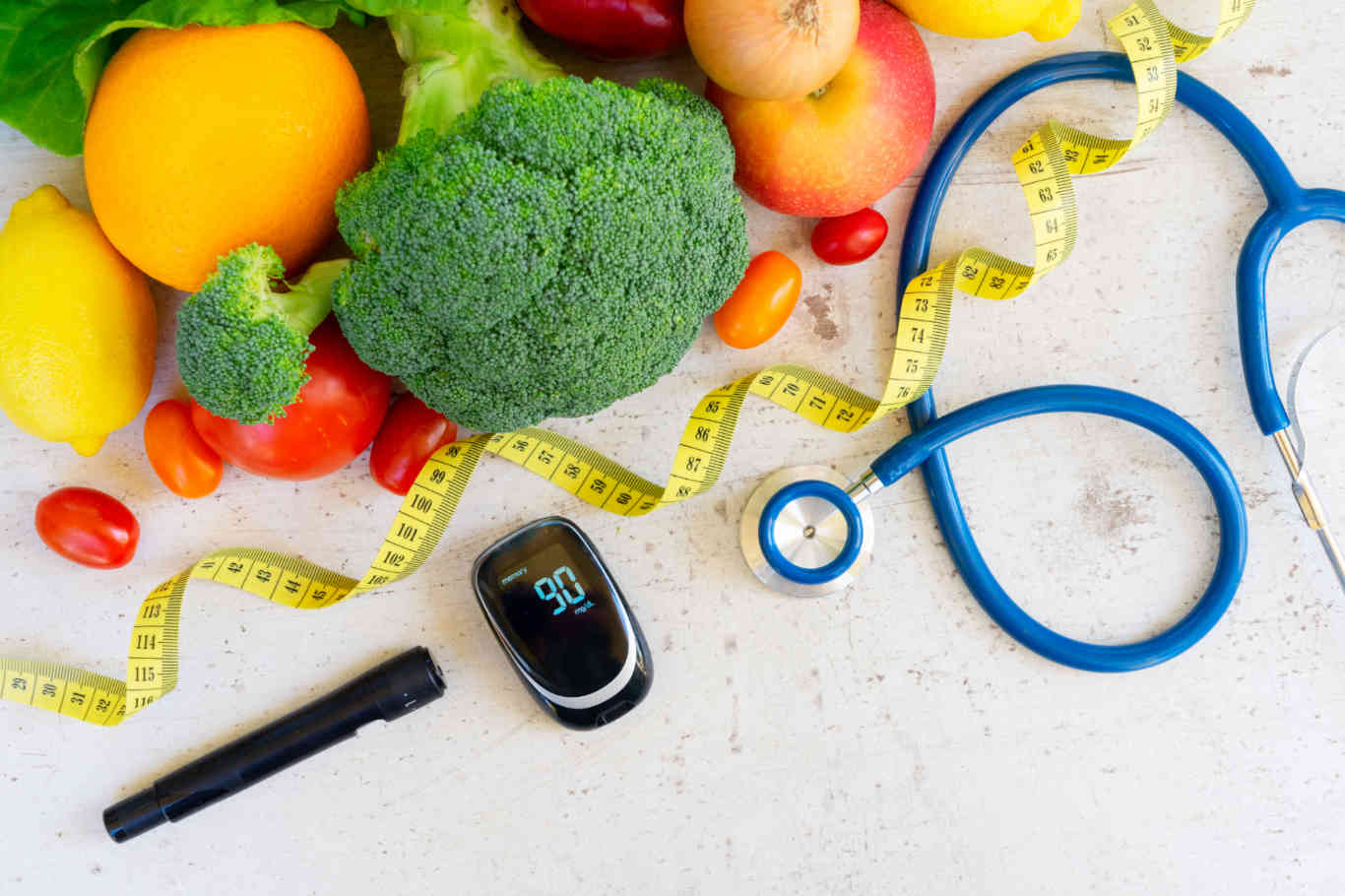Pre-diabetes is a condition wherein you have abnormally high blood sugar levels primarily due to insulin resistance. In this condition, your body is unable to utilize insulin properly. Pre-diabetes is often believed to be a precursor of type 2 diabetes. Patients diagnosed with pre-diabetes are more prone to developing type 2 diabetes and cardiovascular diseases.
An early intervention to regulate blood sugar can help people move out of the pre-diabetic condition. Your diet also plays a major role in regulating your blood sugar; therefore, you must know the right diet plan to follow.
Diet Changes Can Help Cure Pre-diabetes
Many factors can put you at a higher risk of developing pre-diabetes. Genetics also plays a crucial role if you have a family history for type 2 diabetes. Various other factors such as being overweight and inactive also contribute to developing the disease.
When you develop pre-diabetes, your cells are unable to process insulin and accumulate sugar in your bloodstream. The type and the number of carbohydrates you consume in your meal also influence your blood sugar levels.
What Causes Sugar Spikes?
A diet rich in processed and refined carbohydrates is digested quickly causing instant higher spikes in your blood sugar. Therefore, you should watch your carbohydrate intake to completely avoid blood sugar spikes. When you consume more calories than required by your body, the extra calories are stored as fat resulting in weight gain. Your body fat is directly linked to your insulin resistance. That is why many patients with pre-diabetes are overweight. Develop Healthy Eating Habits
You can mitigate many risk factors causing prediabetes with some healthy lifestyle changes to keep blood sugar levels under control and maintain a healthy weight range. Keep a check on the consumption of carbs that have a high glycemic index. The glycemic index or GI of a food indicates how it affects your blood sugar levels. Foods with a high glycemic index may quickly raise your blood sugar.
The GI Factor
Fiber-rich foods have a low glycemic index while all the refined and processed foods are low in fiber content and nutrients and have a higher GI. Refined carbs are digested quickly in your stomach.
Prediabetic patients must limit the intake of foods containing refined carbs such as white bread, white rice, russet potatoes, soda, and juices. You can eat foods that rank medium for the GI scale such as brown rice and whole-wheat bread.
Foods such as steel-cut oats, stone-ground whole wheat bread, non-starchy vegetables, sweet potatoes, beans, corn, and whole wheat pasta with a low GI are best for reducing blood sugar.
To identify the GI of a food item, you should check its fiber content. Cut down on saturated fats. Eat mixed meals to lower the glycemic index of your food. Try combining white rice with vegetables and chicken to ensure slow digestion and minimized spikes.
Follow Portion Control
You can maintain a low GI for your diet by limiting the quantity of food you consume. You can determine the number of calories you consume by checking the food labels. These labels usually enlist the information about calories, carbs, fats, and other nutrition for a particular serving.
Eating more than the enlisted serving can directly affect the nutritional value. However, you do not need to eliminate carbohydrates from your diet. The individual requirement for carbs may vary according to your stature and activity level. Manage portion control by practicing mindful eating. Eat only when you feel hungry. Stop as soon as you feel full. Eat slowly and focus on the flavors of the food.
Include Fiber-Rich Foods in Your Diet
Fiber-rich foods add bulk to your diet, assist bowel movements, and make you feel full for a long time. Some examples are whole-grain bread, beans, legumes, vegetables and fruits with edible skin, whole grains, whole-wheat pasta, and whole-grain cereals.
Cut down on sugary drinks. They offer empty calories that convert to quick-digesting carbohydrates. Keep a check on your alcohol consumption. Most of the alcoholic beverages are dehydrating and have high sugar content. Keep your drinks simple. Avoid mixing liquors and sugary juices.
Eat Lean Meats
Meats are a major source of saturated fat in your meals and can significantly spike cholesterol levels. Instead, consuming trans-fat and low saturated fat can help reduce the risk of many diseases. Include foods like a chicken without skin, beans, legumes, egg substitute, egg whites, soybean products, fish, lean beef cuts, shellfish, and low-fat Greek yogurt as a source of protein in your diet.
Stay Hydrated
Drink plenty of water according to your activity level, body size, and the surrounding climate. It is also a healthy alternative to sugary sodas, energy drinks, and juices. Monitor the volume and color of your urine to determine if you are having enough water each day.
Exercise Regularly
Reduced physical activity may increase your insulin resistance. Exercise allows your muscles to use glucose and makes the cells utilize insulin more effectively. Exercise regularly. Keep it simple with any indulging physical activity you enjoy.





